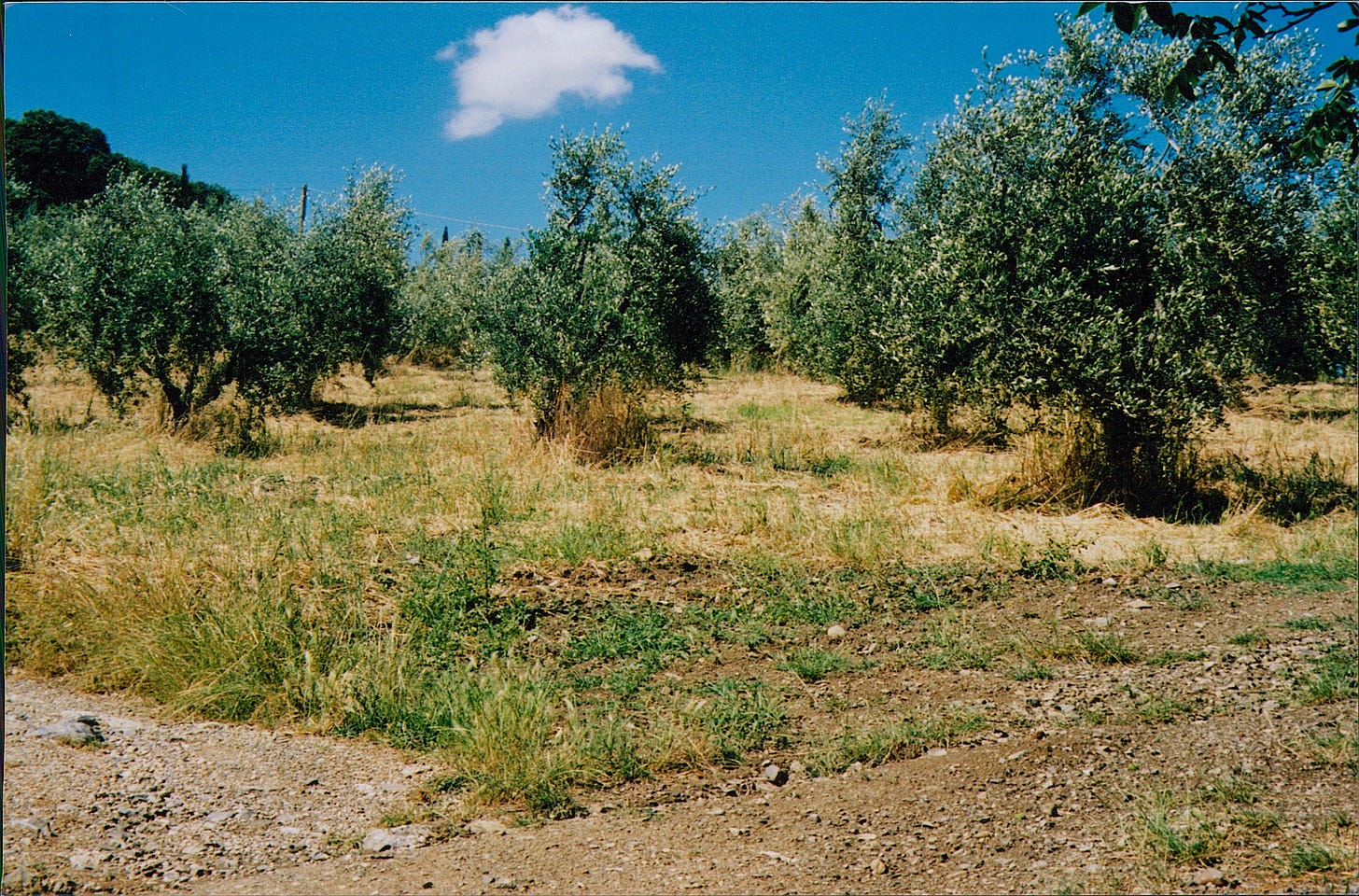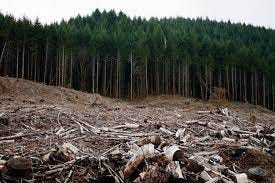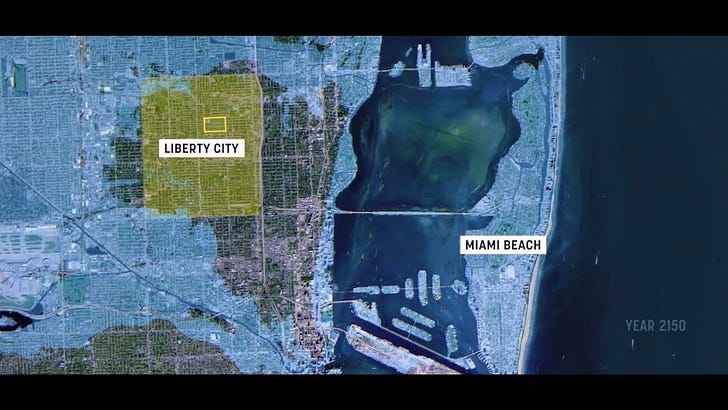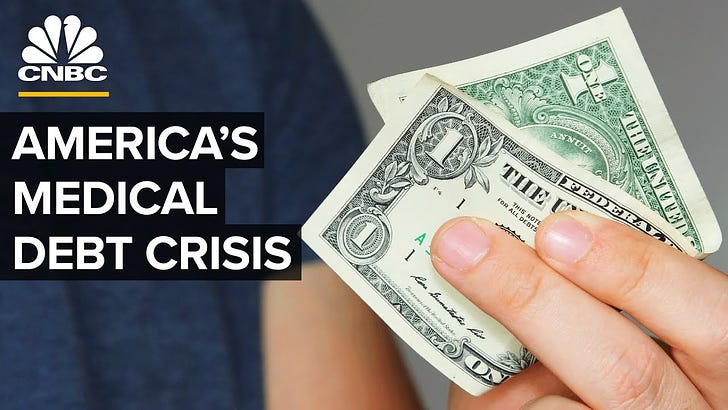I hope all of you who celebrated Thanksgiving or Indigenous Peoples’ Day… or nothing at all, are happy and content right now. I wanted to take a short break this week, so I thought I would re-share my first post for Crime amd Punishment: Why the Poor Stay Poor in America. This piece is important to me because it lays the groundwork for everything else I’ve written about: a robust support system allows a community, whether it’s in the natural world or a country like ours to do more than exist. It allows each member of that community to thrive.
I have a lot more subscribers now then I did on September 15th, when I started this newsletter 10 short weeks ago, and I am truly grateful for your support.
I’d also like to ask you what you’d like to read here, what topics about poverty, racial and environmental inequality would you like me to cover? I have lots of ideas for upcoming posts, but I’d love to know what issues are most important to you. Please let me know in the comment section below.
And as we enter the season of gift-giving, let me suggest that you purchase gift subscriptions to those newletters on Substack you particularly like, for your friends and family of all ages. It’s a gift that keeps on giving all year—and what better present than to encourage those you know and love to learn, and give them the tools right in their inbox to do just that!
Again, thanks for reading and commenting, and for your financial support—it allows me to keep going and to expand what I offer you. I have a number of posts planned that involve deeper dives into topics that I know are important to cover, but are rarely discussed in traditional, ad-driven media. Additionally, I have several interviews, Q & A posts and a more formal podcast planned that I hope to offer you in the coming weeks and months, so thanks in advance for your financial support.
Seeing the Forest and The Trees: If Collaboration and Mutual Support Work In a Forest, Can It Also Work To Temper Inequality?
Trees communicate. And in an old-growth forest, their communication extends to helping other trees and plants thrive through the connection of the trees’ underground root system to a broad and deep web of fungi. Dr. Suzanne Simard, forest ecologist, author of Finding the Mother Tree: Discovering the Wisdom of the Forest, and decades of forest research explains that “…trees are ‘social creatures’ that communicate with each other in remarkable ways — including warning each other of danger and sharing nutrients at critical times.” This is exactly why the abysmal logging practice of “clearcutting” and replanting neat little rows of one kind of tree simply does not work. The trees may exist for awhile (at least until they’re harvested, I suppose), but they certainly don’t thrive without their underground communication system. The logging industry, and the fossil fuel industry too, are all about short-term and even more short-sighted economic gain, so the industries’ profits are what matter, not ensuring a harmonious interaction and interdependence among species.
…forests, in fact, behave contrary to Darwin’s theory by thriving with collaboration and cooperation and through helping their weakest members, not purging them.
Fortunately, human life on our planet has never been about just existence, but rather, how together we can thrive. And we have a lot to learn from how trees interact in a forest. When I first read Peter Wohlleben’s book, The Hidden Life of Trees: What They Feel, How They Communicate, I was struck by the extent to which trees help fellow trees and how interdependent they are. Wohlleben believes that “When trees grow together, nutrients and water can be optimally divided among them all so that each tree can grow into the best tree it can be.” Both Wohlleben’s and Simard’s research provide the basis and confirmation of this sharing philosophy of the forest, and at the same time, it also upends the idea of “survival of the fittest”. And Simard and Wohlleben directly make note that forests, in fact, behave contrary to Darwin’s theory by thriving with collaboration and cooperation and through helping their weakest members, not purging them. “… a tree can be only as strong as the forest that surrounds it”, maintains Wohlleben.
I also was struck by the comparison of forest collaboration to what our country’s economic system could be, rather than the caricature it has become.
Take these appalling statistics, for example. According to Senate Budget Committee Chairman Bernie Sanders’ opening statement at a Senate hearing in March 2021:
__ the richest 50 Americans now own more wealth than the bottom half of our society — over 165 million people;
__ the top one-tenth of 1 percent now owns more wealth than the bottom 90 percent, and two individuals own more wealth than the bottom 40 percent;
__ In 1965, CEOs of large corporations made just 20 times as much as their average workers. Today, CEOs now make over 300 times and, in some cases, over 1000 times more than their average workers.
To add a broader perspective to our country’s current wealth inequality, a 2017 report by The Institute for Policy Studies states that roughly a fifth of Americans “have zero or negative net worth”. As of the 2020 Census, there are 332,278,200 people in the United States, so if that percentage generally has held for the last three to four years, that’s over sixty-six million Americans who probably have nowhere to go economically but down.
I’m not the only one who believes these statistics portray a grotesque distortion of capitalism. In fact, those who advocate for a minimum guaranteed income, like the authors of a proposal for the New School’s Institute on Race and Political Economy, titled “A Guaranteed Income for the 21st Century,” recommend a $12,500 annual income for every adult and a $4,500 allowance for every child, to be eventually phased out at higher income levels. In Ezra Klein’s recent opinion piece for The New York Times, one of the authors of this proposal, Darrick Hamilton, argues that a guaranteed basic income is a “truer form of capitalism” because “People can’t reap the returns of their effort without some baseline level of resources.”
Poverty in America is a Catch-22 of gigantic proportion.
In other words, the poor can’t feel strong, confident and ready to grab for their dreams when they expend all their energy trying to maintain a roof over their heads and food on the table. Being poor is physically and emotionally draining, and I understand this from first-hand experience: I understand the gnawing fear and insecurity that is a direct result of having no money, the frustration of applying for government aid that takes months to come, if at all, and not being able to purchase the necessities that make life , not easier, but just normal. This combination hardly allows someone to be their most productive, bright-eyed and optimistic, the qualities one might need for, say, a job interview or to attend classes.
Poverty in America is a Catch-22 of gigantic proportion. Those who think a person can just “pull themselves up by their bootstraps” don’t understand the nearly unbreakable cycle of scarcity and is suffering under one of the great American myths. Even the origin of this phrase tells you that it is an attempt to do an impossible task. To use that proverbial “bootstrap” to better yourself without help takes a lot of energy — energy that most in poverty simply lack.
After all, keeping a certain percentage of our people down, is, and probably always has been, a policy choice by our elected officials. But it doesn’t have to be that way. Can you imagine the robustness of the American people and strength of our economy if we nurtured our weakest and helped them to thrive, to help each person be the best person they could be?
How many decades are we going to “fight the war on poverty”, battle poverty, confront poverty, to no avail? These “wars” and “battles” have not been successful because our underlying support system and attitudes remain the same. War and confrontation give us the wrong analogies for the success of many, because in conflict there are usually just winners and losers, or at least that’s what we’ve been taught. We have learned through scientific research that it’s no longer that stark of a contrast, it’s no longer about competition and the “survival of the fittest”. Rather, it is about how millions more people in our country can thrive with a little help, much like the old-growth forest ecosystems that thrive through interconnectedness and support from their community, not the competition we once thought.
Why not sign up for a free subscription, or support my work if you choose…
















Revisiting My First Post